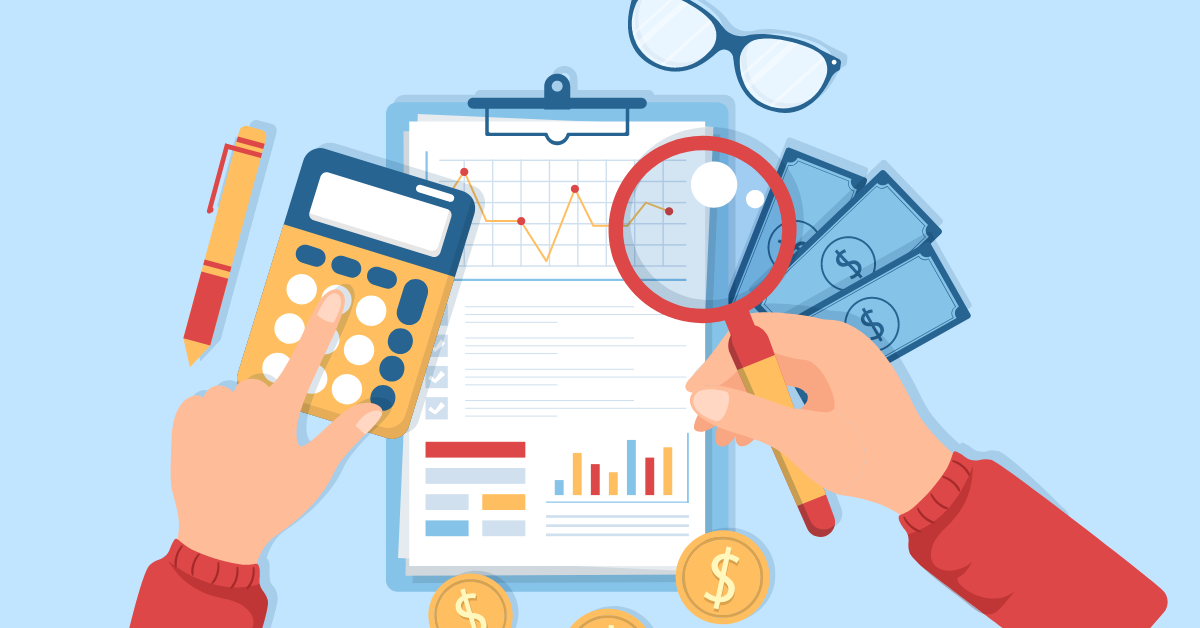
The age-old debate between physical assets and financial assets continues to intrigue investors worldwide. While both offer unique benefits and come with their own set of risks and rewards. To make an informed decision, it’s essential to understand the fundamental differences between these two asset classes and how they can fit into your investment strategy.
In this article, we will explore the intricacies of physical and financial assets, their respective advantages and disadvantages, and how you can make the best investment choices based on your financial goals.
What are physical assets?
Physical assets refer to tangible properties that you can touch and feel. These can include real estate, precious metals, commodities, artwork, and other collectibles.
They may generate income, such as through rent or dividends. Additionally, physical assets can be used for business purposes, such as manufacturing or providing services. Finally, physical assets can be used for personal use, such as living in a home or driving a car.
What are financial assets?
Financial assets are intangible and represent a claim to future cash flows or a contractual right to receive funds. Financial assets comprise stocks, bonds, mutual funds, exchange-traded funds (ETFs), and various other instruments.
They can generate income through appreciation in value and dividends. Additionally, they can be pledged with NBFCs, brokers and brokers to get collateral margin.
Types of physical and financial assets?
Physical assets encompass a diverse range of investments, including real estate properties, land, gold, silver, artwork, vintage cars, and other valuable collectibles.
Financial assets, on the other hand, include stocks, bonds, mutual funds, ETFs, options, futures, and various other complex financial instruments traded in the markets.
Detailed Comparison between Physical and Financial Assets
| Aspect | Physical Assets | Financial Assets |
| Nature | Tangible and visible assets | Intangible, represent a claim on future income |
| Examples | Real estate, commodities, precious metals | Stocks, bonds, mutual funds, derivatives |
| Liquidity | Generally lower liquidity, may require time to sell | Higher liquidity, can be bought and sold quickly |
| Maintenance | Often require maintenance and upkeep | Minimal to no maintenance required |
| Volatility | Generally less volatile, stable in the long term | More susceptible to market fluctuations |
| Diversification | May provide diversification in a portfolio | Can be easily diversified across various assets |
| Income Generation | Income often generated through rent, usage or capital appreciation | Income generated through dividends, interest or capital appreciation |
| Ownership | Provides physical ownership and control | Represents a share of ownership in an entity |
| Market Accessibility | Acquisition may require substantial capital | Accessible to a wide range of investors |
| Risk Exposure | Exposure to market changes and physical damage | Exposed to market risks and interest rate changes |
How to invest in physical and financial assets?
Investing in physical assets often involves significant capital and careful due diligence. Researching the market, understanding supply and demand dynamics, and evaluating the potential for appreciation are essential steps.
On the contrary, investing in financial assets requires an understanding of market trends, analysis of financial instruments, and the ability to manage risks effectively. Utilizing the expertise of financial advisors and conducting thorough research can be instrumental in making sound investment decisions in both asset classes.
Which asset class is right for you?
The choice between physical and financial assets depends on your investment goals, risk tolerance, and financial circumstances. If you seek stability and long-term value preservation, physical assets like real estate and gold might be suitable.
On the other hand, if you’re looking for returns with greater flexibility, financial assets such as stocks and bonds could be more appropriate.
Conclusion
Making the decision to invest in physical or financial assets involves careful consideration of your financial goals, risk appetite, and investment horizon. Diversification within both asset classes can provide a balanced portfolio that combines the advantages of both tangible and intangible assets.
Understanding the nuances of each asset class and staying informed about market trends can empower you to make informed investment choices that align with your financial objectives.
FAQs
Financial assets, such as stocks and mutual funds, are often considered better for long-term wealth creation due to their potential for higher returns and ease of diversification.
Physical assets may offer stable but relatively
lower returns with varying degrees of risk,
depending on the type of asset and market
conditions.
Financial assets often provide
higher potential returns but may also come with
higher market volatility and associated risks.
Consider your investment goals, risk tolerance,
liquidity needs, and market conditions when deciding
between physical and financial assets.
Evaluate
the potential for capital appreciation, income
generation, and diversification benefits offered by
each asset class.


















